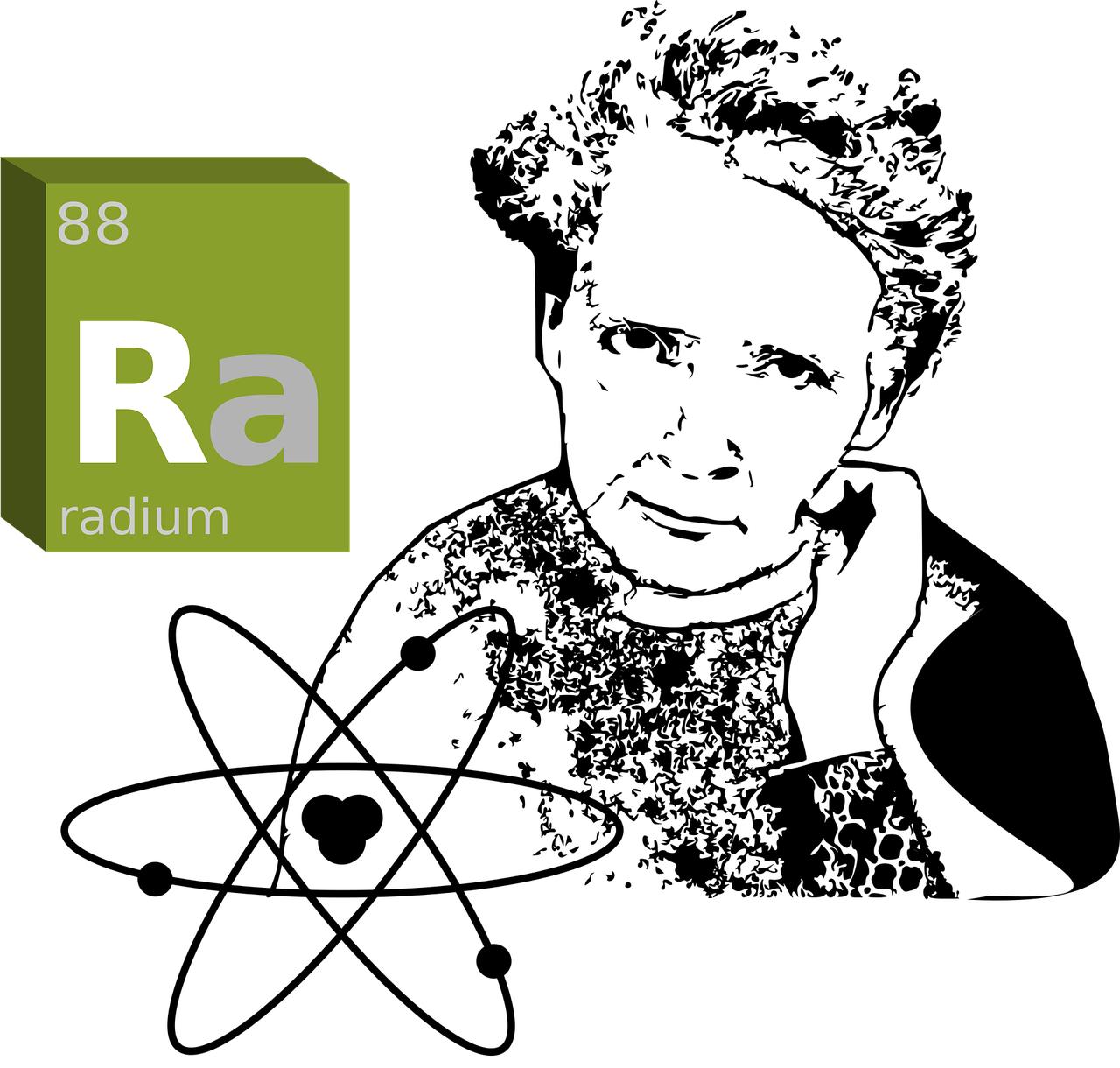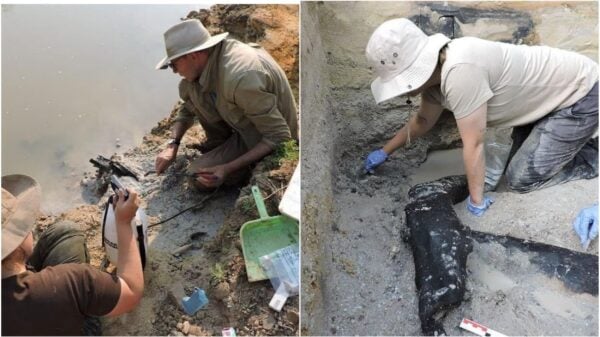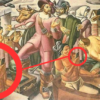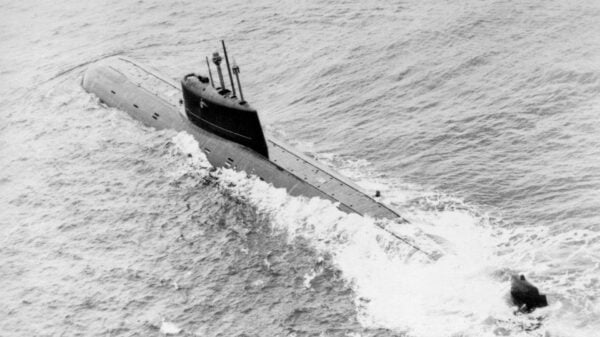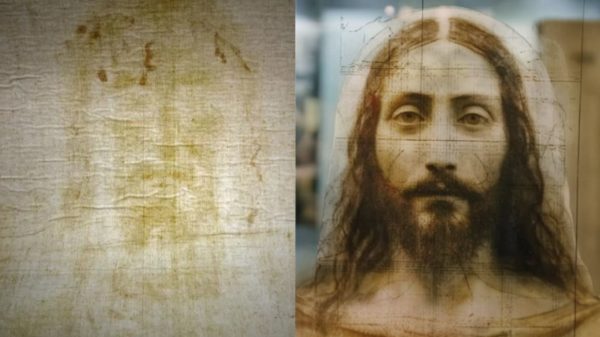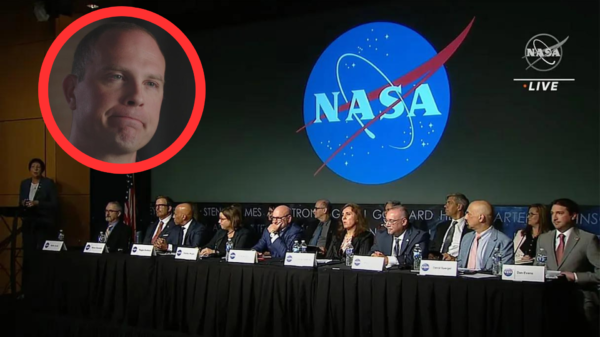Marie curie was the first woman in history who, in 1903, was presented the prestigious Nobel Prize. The prize was shared with her husband, Pierre Curiel. In 1911, she won another Nobel Prize to discover the elements Radium and Polonium. This article will tell you everything about how Marie Curie discovered Radium.
Marie Curie was the daughter of a physics teacher. She was born in the year 1867 in Warsaw, the capital city of Poland. She was a brilliant student and went to study at Sorbonne University in Paris. From there, she passed out with honors, getting a degree in physical sciences in 1893 and a degree in mathematics in 1894. In the same year, she met the notable French chemist and physicist Pierre Curie, and they both got married in the following year, 1895.
For her doctorate, Marie Curie began to study uranium. It was Marie Curie who gave the name radioactivity to the phenomenon of radiation which is caused by atomic decay. Both husband and wife joined hands in the research of their theory which proclaimed the existence of one or more radioactive elements in the mineral pitchblende. The research was conducted in Pierre Curie’s laboratory, and in the year 1898, they discovered Radium and polonium, which was so named after Marie Curie’s country of birth, Poland.
Marie Curie worked with her assistant Andre Debierne on tons of refined pitchblende to try and separate one-tenth gram of pure Radium Chloride. Radium is an element that does not exist in nature freely. She was awarded her doctorate on the results of this research.
Four strenuous years of research finally paid off, and Marie Curie successfully isolated pure, metallic Radium from pitchblende. This achievement led her to become the second Nobel Prize in chemistry in 1911.
The isolation of Radium as a pure metal was done through the electrolysis of pure Radium Chloride. Electrolysis is an important process that is used to separate elements from their naturally occurring states,
Thanks to the Russian chemist Dmitri Mendeleev a little over 60 elements were already known, and Dmitri had classified them according to the weight of their atoms. The husband-and-wife duo had to prove that Radium and Polonium were elements, and it was a challenge to do so.
Because the quantity these elements are found in is almost invisible, the Curies had to give evidence that the Radium and Polonium were elements by showing that their weights differed from any other elements known at that time.
To separate one-tenth of a gram of pure radium chloride, it took Marie Curie three years; only then could she find its atomic weight. Then a long period of eight hard years of research went in before she could isolate pure Radium. None of this could have been possible if these elements hadn’t been radioactive.
After a tragic street accident that killed her husband in 1906, she continued with her research and took over her husband’s seat at Sorbonne University, thus becoming the very first female professor in the university. Marie Curie’s exposure of almost forty years to radioactive substances caused her death. She died of leukaemia in 1934.


